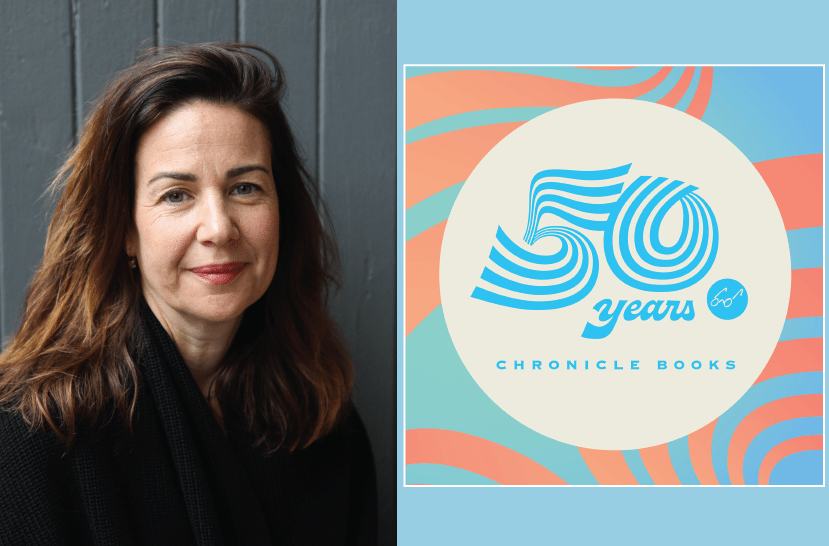When Ross Rojek and I launched City Book Review back in 2008, Chronicle Books was one of the first publishers to support our endeavors by sending us great books to review. Being that we were local to the San Francisco Bay Area, we also had the great pleasure of being able to attend their book launch parties and catalog release soirées, which are always great fun.
It’s funny to now know that Chronicle Books initially started inside the San Francisco Chronicle newspaper, because one of our brands, San Francisco Book Review, is often confused with the San Francisco Chronicle—not a bad paper to be oft-confused with.
City Book Review owner Heidi K. Rojek discusses with Chronicle Books’ President, Tyrrell Mahoney, the history of Chronicle Books and being publishing innovators for 50 years as they celebrate with anniversary parties and a special book, Chronicle Books: The First 50 Years, that tells the complete history of the press with hundreds of photos and reminiscences.
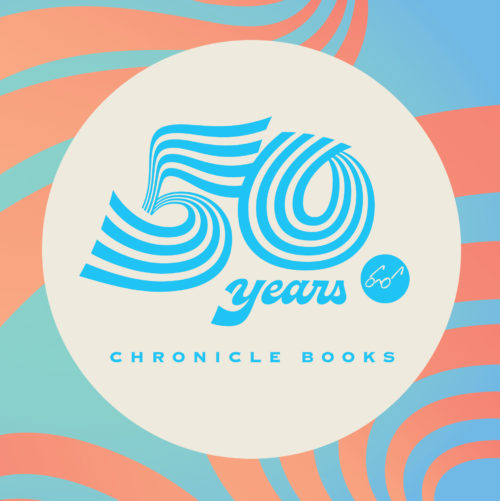
I wanted to start this interview by thanking you and your wonderful staff for supporting our small business while we got started in 2008 during a recession. Both of our companies have been sailing the choppy waters of a changing publishing world. The boom of eBooks emerged in 2010/2011, which aren’t exactly best suited for Chronicle Books’ style of publishing. How did you adapt to the popularity of eReaders, and did it affect your sales?
Thank you! We love to support local businesses, and we love to support anyone who shares our love of books and helps to nurture a community of readers.
The power of print and the wonderful, tactile pleasure of books and of paper is so near and dear to our hearts at Chronicle Books. We deeply believe in the enduring magic and importance of books, not only intellectually and emotionally, but also as physical objects. There’s something so gratifying about a book—the way it feels in your hand, its unique smell. Books bring pleasure and conjure up warm feelings in a way that nothing else can match.
But all of that said, as much as we adore the physicality of books, we also take pride in bringing to our eBooks the same creative values that we bring to our print publishing—the same elements of surprise and delight, the same playfulness, and the same recognizable Chronicle Books spirit. To do that, we changed the way we do things, and our print production designers are all digital production designers too. We love to explore new ideas, and we love the chance to “see things differently” that changing technology brings. We publish hundreds of new titles in eBook form each year.
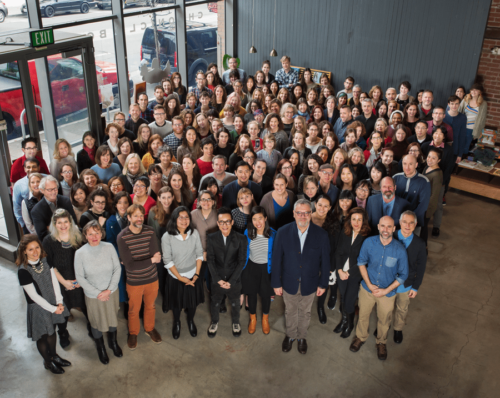
At Chronicle Books we strive to create publishing that not only offers extraordinary content, but also provides an intensely pleasurable visual and tactile experience—no matter what the form. Our readers want the freedom to choose how they read our books, and we want to give them that freedom and accessibility.
Interestingly, research has shown that digital natives prefer to read books in physical form, and what’s more, they value analog, tactile experiences and appreciate great design and great production values. They love books!
Because Chronicle Books launched in 1967, well before the debut of buying books online from Amazon, the company had to have felt a shift in revenue, like all other publishers. There’s no doubt that the cost to produce uniquely printed and assembled books is more expensive than printing in more of a “less creative” traditional way. How does Chronicle Books deal with Amazon slashing book prices so low?
The last five decades have certainly seen changes in the way books are sold! From mall chains, to big box superstores, and now to online bookselling and the resurgence of independent booksellers, retailing never stands still. But more importantly, Chronicle Books didn’t just respond to changes—we changed the way books are sold!
Our former president, Jack Jensen, really pioneered this almost 30 years ago when he recognized that our publishing could reach people even if they weren’t necessarily shopping in a bookstore. That’s why in addition to bookstores, you’ll find Chronicle titles in clothing boutiques, gift stores, houseware shops, pet stores, beauty boutiques, farmer’s markets—even a car wash! (Divisadero Touchless in the Western Addition.) And of course, online retailers as well.
That’s one of the ways we’ve remained successful. We never limit ourselves to just one kind of retailer—because we know our customers don’t shop at just one kind of store.
Not only has this allowed us to reach new customers and forge relationships with a wide range of shop owners, it’s really transformed our business. It gave Chronicle Books a new visibility we hadn’t had before. Our fans tell us “I see Chronicle Books everywhere.”
Chronicle Books, for me, are frequent gifts for special occasions. You mention that in 1993, the company introduced a gift division producing note cards, calendars, stationery, and journals. How did the company decide to begin produce books that take much more creative effort to publish?
Thank you! When developing a title, we often think about how it would work as a gift—either as a gift for someone else or a gift a customer buys for herself.
By 1993, we knew we were uniquely positioned to start creating innovative new publishing formats. We were already a leader in illustrated books and a pioneer in the specialty retail channel, so launching a gift division allowed us to build on our strengths. It let us develop new formats for offering exceptional design to customers, and it allowed our brilliant, creative editors to work collaboratively with artists to find surprising and powerful ways to present their work.
New formats are always a creative group effort. They push the various departments to experiment and work outside their comfort zones, which keeps things interesting. Experimentation has always been part of the Chronicle spirit, and gift has opened the floodgates!
Can you give us a peek into the creative process creating the more unique or interactive books? What leads you to a specific author or person behind a creative book idea?
Every title—whether it exists as a homegrown concept, or an acquired project—is assigned a dedicated interdisciplinary team. Designers, editors, and production managers work hand-in-hand through conception to the finished book. We have tremendous respect for the expertise each team member brings, but we’re also skilled at wearing one another’s hats.
One recent example is The Art of the Bar Cart, coming out this fall. A designer spotted the beginnings of a “bar cart” trend that crossed the food/drink and lifestyle categories. Her team green-lit the idea, so she created 20 different bar carts, each with a different theme and selection of well-paired cocktail recipes. The designer and editor worked together to hone concepts and collaborated with production to spec an ideal book format. The designer produced a photoshoot to bring it all to life. The editor hired an author to write styling cues based on the photos and to standardize all recipes. Production and design both toiled over press proofs. All team members were equally responsible for delivering the book to market.
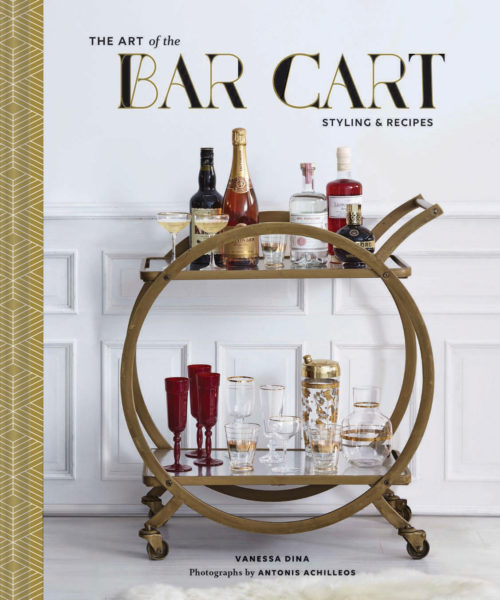
That’s an example of a home-grown title. We also have plenty of books where we find an artist or author we’re dying to work with and who we know we can collaborate with on a really special project. Kelli Anderson is one example of that. She’s an amazing artist and designer who engineers fabulous creations entirely out of paper. We worked with her to develop her upcoming book, This Book Is a Planetarium, which is a pop-up book for grown-ups, where each spread pops up into a real, working gizmo made entirely of paper: a planetarium, a musical instrument, a speaker, a spiralgraph, a perpetual calendar, and a message decoder.
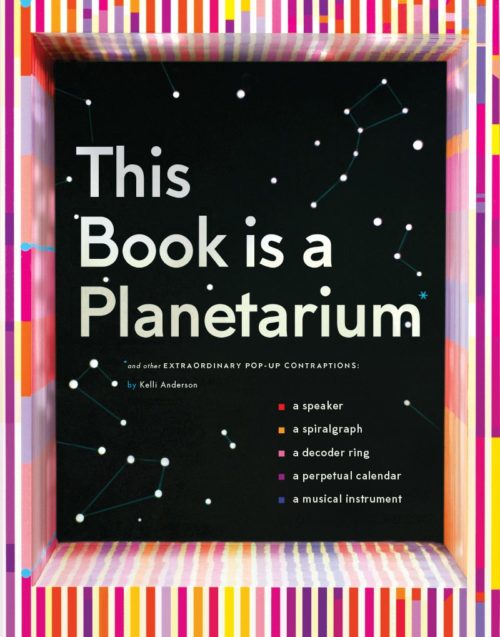
On the gift side, we’re still crazy about the Gold Standard Noteblock, a pad of paper that looks just like a gold bar. In a gift department meeting one day everyone discovered a shared enthusiasm for objects with gold foil. The team started thinking about pushing the idea as far as they could—an object that would be solid gold! (OK, not real gold.) “What about a pad of paper with the look and feel of a gold bar?” The team forged ahead and created something so irresistible it’s become one of our bestselling titles. The angle of cut on the beveled edges of the bar turned out to be technically very difficult, eventually wearing out the printer’s beveling machine—but they happily purchased new machinery to shape the many reprints!
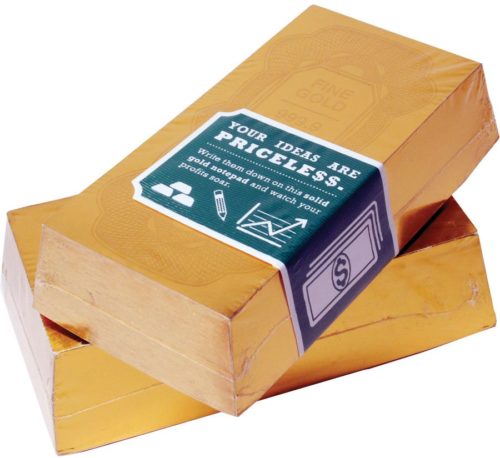
The pie chart below gives us a snapshot of books you’re publishing.
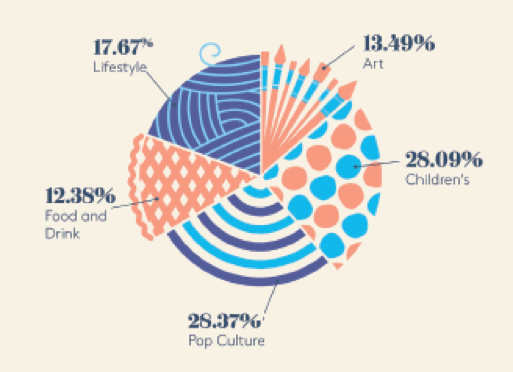
Do you envision focus to remain the same over the next 5-10 years or do you foresee a shift in focus or new trend on the horizon? I mean, who would have predicted that coloring books would have become so popular with adults? Did anyone at Chronicle see that coming or did were you just responding to market trends?
It’s impossible to predict too far ahead, but, yes, we watch trends. We also trust our instincts and we constantly challenge ourselves to innovate and to never stand still. Chronicle Books is always seeking to create titles that surprise and delight—and that means consciously seeking out ideas that surprise and delight ourselves. Everyone in the company participates in this—it’s not just editors. We all have a relentless curiosity.
Right now, we’re noticing a real hunger for “off-line,” analog experiences. We’re expanding our line of board games in response, which we believe really speaks to people’s desire to spend time with friends and family in informal—and inexpensive—ways. We’re also inspired by the resurgence of political activism we’re seeing across the country.
Wasn’t the adult coloring books trend amazing?! I don’t think anyone saw that coming. And the book that kicked it all off was Secret Garden by Johanna Basford, published by Laurence King Publishing, which we distribute. That’s one of the great strengths our distribution partners bring to the table. We’re able to offer customers an even larger array of titles, many developed by the inventive publishers we distribute.
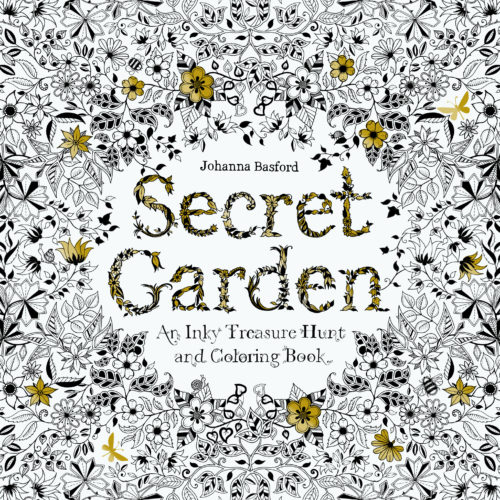
What are some of your favorite releases over the years?
So many! One of the first big books I worked on when I started in the sales department at Chronicle Books was Under the Tuscan Sun by Frances Mayes. This memoir of an American gourmet cook, travel writer, and poet who purchased and renovated an abandoned villa in the Italian countryside was an immediate bestseller and is still in print. I’ll always have great affection for that one!
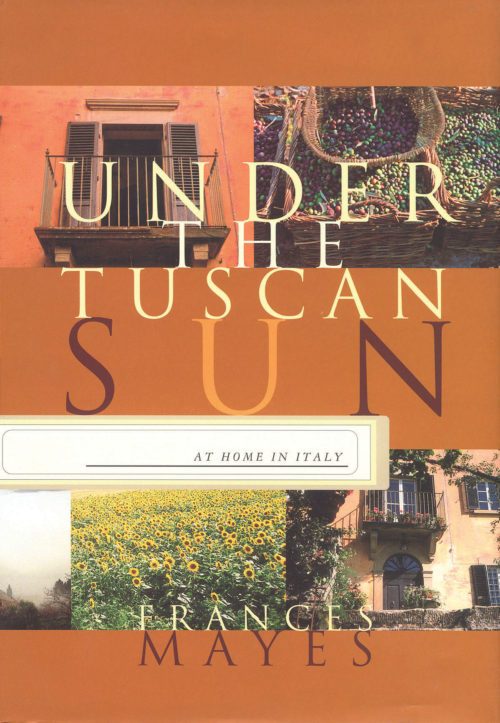
Of course The Beatles Anthology in 2000 was a milestone for Chronicle Books. It was published with the full cooperation of Paul McCartney, George Harrison, and Ringo Starr, and features 1300 photographs and over 300,000 words covering more than 400 pages. We like to say it’s the closest we’ll ever get to a Beatles autobiography.
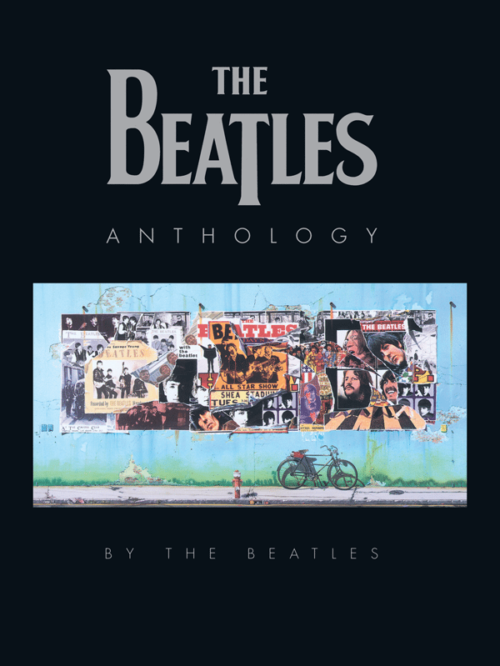
Lately I can’t stop looking at Floret Farm’s Cut Flower Garden by Erin Benzakein, which is an absolutely gorgeous book about cultivating and displaying flowers in your garden and home. The author is a flower farmer in the Pacific Northwest, and she has an amazing eye for flower photography.
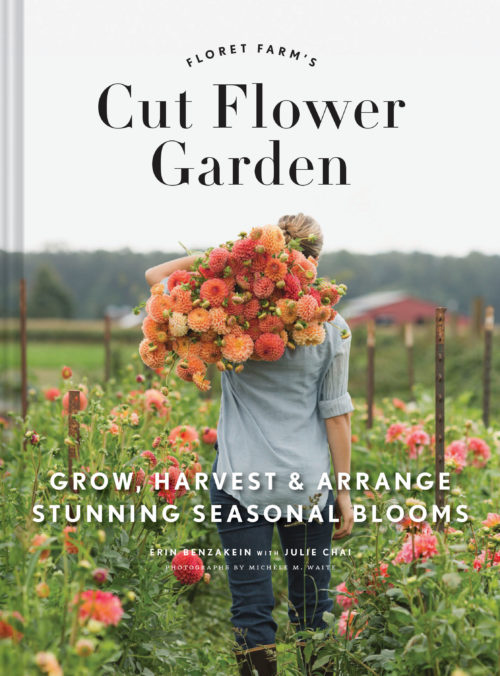
What books surprised you the most, either exceeding sales projections or missing them entirely?
Goodnight Goodnight Construction Site, a children’s book by Sherri Duskey Rinker and Tom Lichtenheld, was plucked out of the slush pile by a sharp-eyed editorial assistant who recognized its potential. That book has gone on to spend more than 200 weeks on the New York Times bestseller list and sold over a million copies. It just proves that good ideas can come from anywhere!
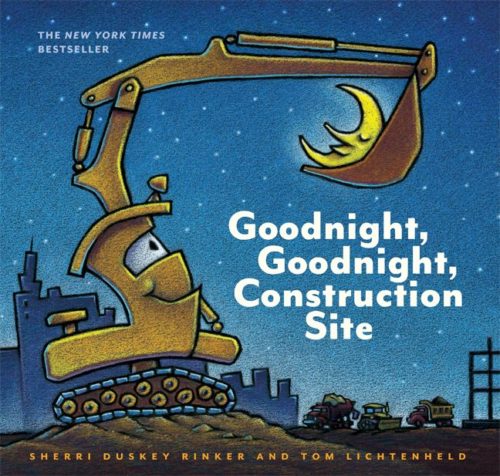
How have you dealt with the decline of newspaper book sections and the rise of more digital outlets (TV, internet) and book bloggers or online review outlets (like City Book Review)?
It’s no secret that print magazines and newspapers have shrunk the space they devote to book coverage. We’re pleased to be working with so many passionate book bloggers who have come in to fill that niche and share their book discoveries with online readers. We’re also inspired by the many BookTubers and Bookstagrammers who share their love of books on social media.
Chronicle Books also has a very active and vibrant social media community of our own. We’re especially proud of our ongoing #ThisIsMyBookstore Instagram campaign where thousands of readers around the world share photos of their favorite local bookstore.
Are your retail locations doing well enough to keep expanding or are they more of a display environment for you to be able to highlight your books in a way that you think they deserve?
Our retail stores are particularly important for Chronicle Books because they’re one of the ways we can bring our brand to fans more directly, something we especially want to do here in San Francisco because of our deep connection to the city and the way Chronicle Books embodies the (ever-changing) California aesthetic. The stores also allow us to show customers the wide variety of our publishing all in one retail environment.
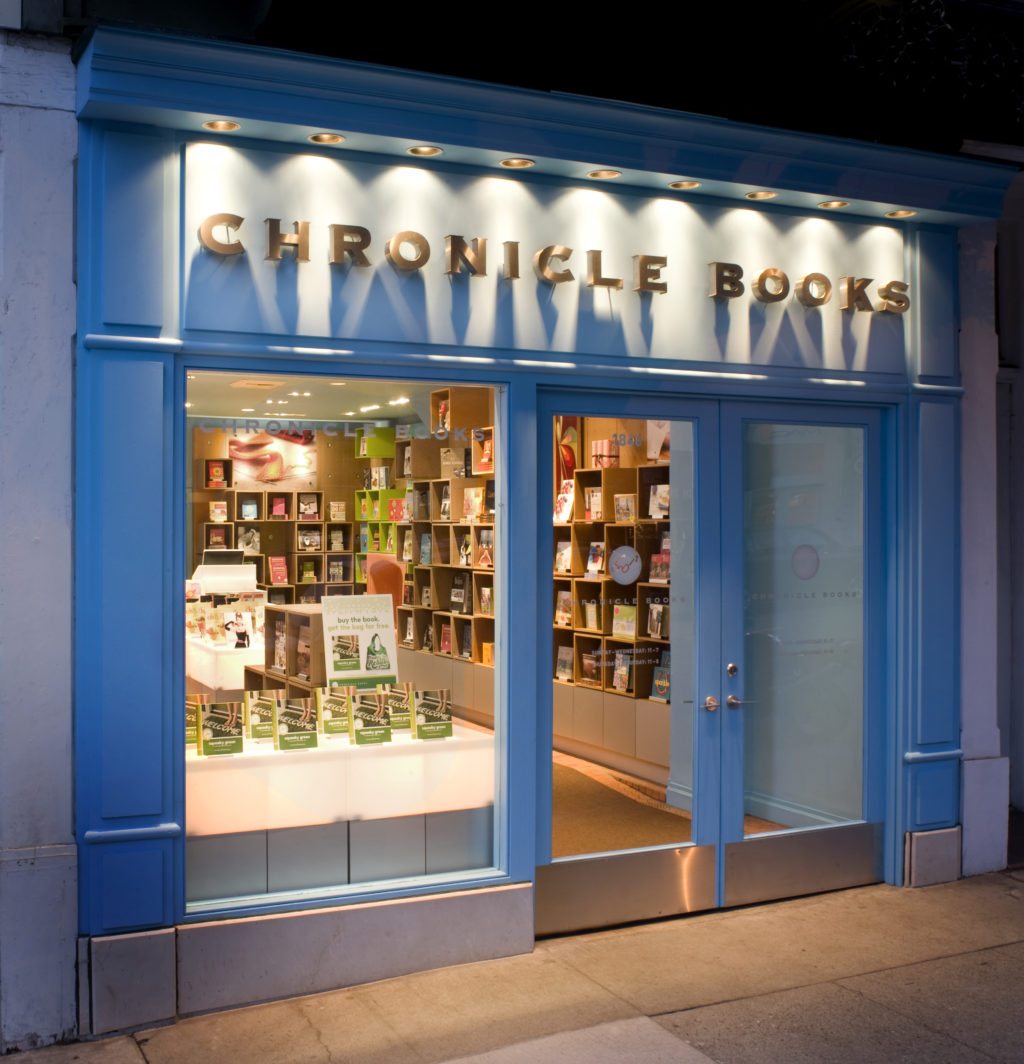
Chronicle Books: Born in the Summer of Love – exhibit at San Francisco Center for the Book.
- Exhibit dates: June 23 thru Sept 24 https://www.sfcb.org/ChronicleBooks
- Opening reception Friday June 23 https://www.eventbrite.com/e/chronicle-books-born-in-the-summer-of-love-opening-reception-tickets-34222502426
- Artist talk Friday August 18 https://www.eventbrite.com/e/book-talk-chronicle-books-the-first-50-years-tickets-34223024989
While the exhibit is up, attendees who make a $20 donation to San Francisco Center for the Book can get a copy of the limited edition hardcover book Chronicle Books: The First 50 Years (while supplies last).
- Chronicle Books Read Aloud Day at all San Francisco Public Library branches. On Thursday June 29, all 28 SFPL branches will host a very special “Summer of Love Read Aloud Day” (times will vary per branch). Chronicle staff and Chronicle authors, along with local children’s librarians, San Francisco Public Librarian Luis Herrera, and local heroes such as members of the San Francisco Fire Department and First 5 San Francisco, a local program that develops programming for early childhood development and other support services, will be special guest readers during this storytime. At each branch, a raffle of picture books donated by Chronicle Books will round out the event.
https://www.inplay.org/providers/san-francisco-public-library/read-aloud-day-with-chronicle-books
- The special Chronicle Books 50th anniversary espresso blend that Ritual Coffee created is now available for sale online and at all Ritual Coffee locations. It’s called…Acid Test. https://ritual.myshopify.com/collections/coffee-beans/products/acid-test-seasonal-espresso
Watch the video of how they’ve grown:

